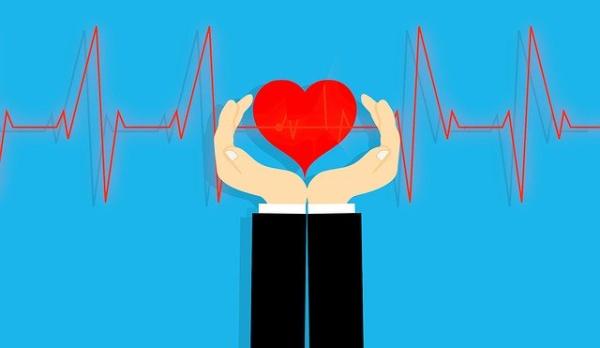Remember that non-profit reflects a tax status, not a revenue statement. Non-profit health systems, like Cleveland Clinic, Sloan Kettering, and Massachusetts General are businesses with significant revenue. Forbes reports that CEO compensation among the 82 top non-profit health systems was most frequently between $1 and $5 million, but in at least 13 instances, over $5 million.
“We found that the assets, investments and bank accounts at these charitable hospitals increased by $39.1 billion last year – from $164.1 billion to $203.2 billion. That’s 23.6 percent growth, year-over-year, in net assets. Even deducting for the $5.2 billion in charitable gifts received from donors, these hospitals still registered an extraordinary 20.5 percent return on investment (ROI).”
$40 billion is a great deal of revenue, especially when you pay no taxes. With all that money coming in how much was spent on charity care and other community services to offset their non-profit status? Each hospital system may define the rules for how much is given to patients without insurance and how much is given to patients with insurance to cover their out of pocket expenses; but in each instance, there is no expectation of any further payment by the patients, the slate is wiped clean. CMS mandates the reporting of this financial data annually, and it is this information that is the basis of the reporting.
In 2017, US hospitals provided $9.7 billion in charity care to the uninsured, and $4.5 billion to offset out of pocket costs of the insured. But as with many things, there were differences, disparities, in the giving.
 As the graph demonstrates, the top 25% of hospitals (roughly 625 with sufficient data) had 100% of the net income and provided slightly more than half of the charitable care. Those figures alone should give you pause, only the top 25% of hospitals were profitable, the rest were to varying degrees underwater.
As the graph demonstrates, the top 25% of hospitals (roughly 625 with sufficient data) had 100% of the net income and provided slightly more than half of the charitable care. Those figures alone should give you pause, only the top 25% of hospitals were profitable, the rest were to varying degrees underwater.
The bottom 25% of hospitals had 15%, the largest share of net income losses but still provided 17% of the charitable care.
In those top 1% and 5% systems, and that includes those 82 institutional CEOs mentioned previously, every $100 of net income resulted in $16 of charitable care; in the third quartile, a $100 of net income resulted in the provision of $113 in charitable care.
“For both insured and uninsured patients, non-profit hospitals with superior financial performance provided disproportionately low levels of charity care.”
This is not to argue that health systems lose their non-profit status, I personally do not believe it is the right move. I still believe that a health system is better able to direct funding to actual areas of need than the government. But the more we see data like this, the more I begin to second-guess myself. Was it not that great philosopher, Peter Parker (you may know him as Spiderman) who said, “With great power, comes great responsibility?” It is time the health systems that, through hard work and luck have become powerful, to begin to be more responsive to the source of that power, the communities they serve.
Source: Charity Care Provisions by US Nonprofit Hospitals JAMA Internal Medicine DOI:10.1001/jamainternmed.2019.7415




